New shop for the next high season
After 20 years of being based only in Patong, Scuba Cat has decided to open a shop in a new area, NaiHarn.
Two years ago was a big change for Scuba Cat with the closing on the beach road shop and the premises moving to the Kee Plaza and Soi Wattana shops.
During this time we noticed that many of our return customers just came into the Soi Wattana shop to see us again, and so we decided to close the Kee Plaza shop and move out to a new area of Phuket to offer a better service covering a larger area.
So for the first time we are now out of Patong……..
Naiharn at the south of Phuket Island is an quieter area with a what most people think is the best beach on the island.
The bay is surrounded with Palm tree’s and there is the famous sunset viewpoint of Prom Thep Cape close by. There is also the lagoon area behind the beach which is great for children to swim and paddle in all year around.In the green season it is sometimes possible to surf in the area too.
The area has many good restaurants and cafe’s all along the main area and there are hotels and guest houses to suit all budget and taste, but it is not a big party area, more a chill out place. There are some good bars if you want but people tend to visit just 1 or 2 in a evening rather than many as is the case in Patong.
Rawai is very close to NaiHarn, and although there is no beach there, this area also has good restaurants on the shore area. The Sea Gypsy’s have been resident in Rawai for many years and have small market area where trinkets and fresh sea food are for sale.
Along the shore line there are many local long tail boats which offer trips to the close coral island for the morning or afternoon.
The whole area is not really know for the shopping or markets, but these can be easily visited in Phuket Town or Patong with a short taxi ride.
Our new shop is located on Sai Yuan Road opposite the popular Da Vinchi Italian restaurant.
The shop is newly built and has a retail area, fully equipped classroom and office. We will be conducting all courses from both Naiharn and our Patong shops, so you can choose either depending on the location of your hotel.
One more improvement we want to offer is free transfers to and from the boat that will now include the Naiharn and Rawai area’s and the hotels along Visit Rd to the pier at Chalong.


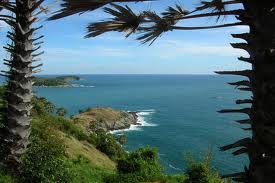

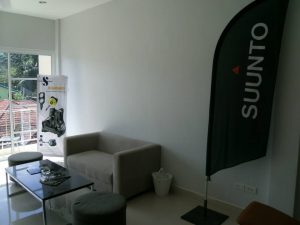




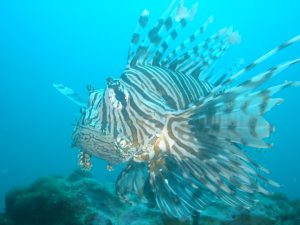

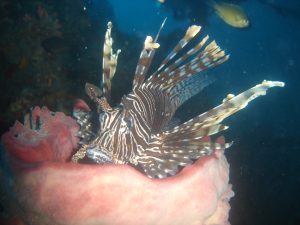


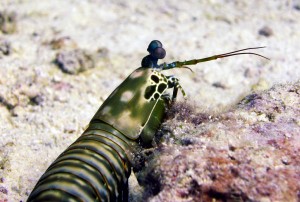




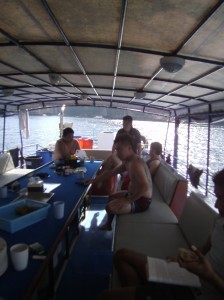
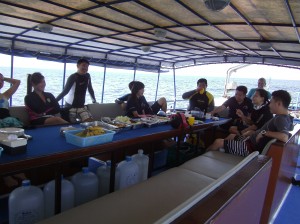
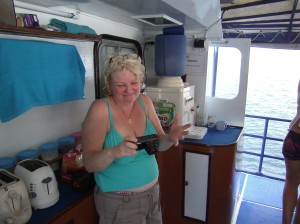





Scubacat Community